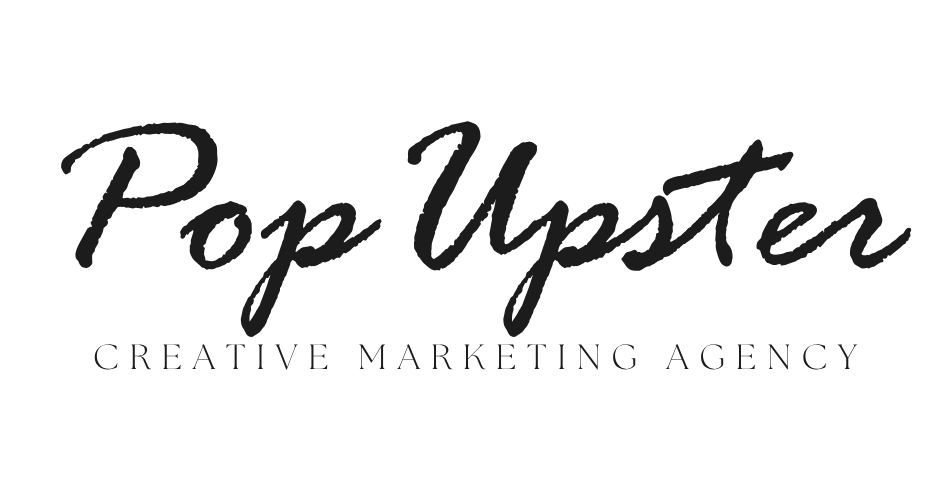In today’s hyper-competitive digital landscape, paid advertising has become an essential strategy for businesses seeking rapid, targeted growth. Pay-Per-Click (PPC) and media buying represent powerful techniques that can transform marketing efforts, enabling precise audience targeting and measurable results. Unlike traditional advertising methods, these digital approaches provide unprecedented control, allowing marketers to optimize campaigns in real-time, track performance meticulously, and maximize return on investment. Understanding the intricate dynamics of paid advertising is no longer optional but crucial for companies wanting to thrive in an increasingly digital marketplace.
Understanding PPC Fundamentals
Pay-Per-Click advertising represents a sophisticated digital marketing approach where advertisers pay a fee each time their advertisement is clicked. This model enables businesses to essentially purchase website visits instead of attempting to earn them organically. Platforms like Google Ads, Microsoft Advertising, and social media networks offer robust PPC ecosystems that allow granular targeting based on demographics, interests, behaviors, and search intent. Successful PPC campaigns require comprehensive keyword research, compelling ad copy, optimized landing pages, and continuous performance monitoring.
Key considerations for effective PPC include developing a strategic keyword portfolio, crafting engaging ad messaging, and establishing realistic bidding strategies. Marketers must understand quality score metrics, which directly impact ad placement and cost-effectiveness. Advanced practitioners leverage sophisticated tools and analytics platforms to track critical performance indicators like click-through rates, conversion rates, and cost per acquisition.
Media Buying Strategies and Techniques
Media buying extends beyond traditional PPC, encompassing strategic ad placement across multiple digital channels. This complex discipline involves purchasing advertising space on websites, social media platforms, mobile applications, and other digital real estate. Successful media buyers understand audience segmentation, platform dynamics, and negotiation techniques that maximize exposure while minimizing costs. They utilize programmatic advertising technologies that enable automated, real-time ad purchasing and placement.
Advanced media buying strategies incorporate retargeting techniques, allowing advertisers to reconnect with users who have previously interacted with their brand. By implementing sophisticated tracking pixels and audience segmentation, marketers can create highly personalized advertising experiences that dramatically improve conversion potential. Sophisticated media buyers continuously analyze performance data, adjusting targeting parameters and creative assets to optimize campaign effectiveness.
Platform-Specific Advertising Approaches
Different digital platforms require unique advertising approaches tailored to their specific user behaviors and technical capabilities. Google Ads remains the most prominent PPC platform, offering search, display, and video advertising options. Social media platforms like Facebook, Instagram, and LinkedIn provide nuanced targeting capabilities that enable hyper-specific audience segmentation. Each platform demands a customized strategy considering audience demographics, content preferences, and engagement patterns.
Successful cross-platform advertising requires comprehensive understanding of each platform’s strengths and limitations. Marketers must develop platform-specific creative assets, adapt messaging tone, and implement tracking mechanisms that provide holistic performance insights. Advanced practitioners utilize integrated marketing technologies that enable seamless data synchronization and comprehensive campaign management.
Budget Allocation and ROI Optimization
Intelligent budget allocation represents a critical component of successful paid advertising strategies. Marketers must balance aggressive expansion with financial prudence, continuously monitoring performance metrics and adjusting investments accordingly. Implementing robust tracking systems enables precise measurement of campaign effectiveness, allowing real-time optimization and resource reallocation.
Advanced budget management techniques include implementing sophisticated bidding algorithms, utilizing machine learning technologies, and developing comprehensive attribution models. Successful practitioners recognize that paid advertising represents an iterative process requiring constant refinement and strategic adaptation. By maintaining flexibility and data-driven decision-making, businesses can maximize advertising investments and achieve sustainable growth.
Emerging Trends and Future Considerations
The paid advertising landscape continues evolving rapidly, driven by technological advancements and changing consumer behaviors. Artificial intelligence and machine learning are transforming targeting capabilities, enabling more sophisticated audience segmentation and predictive modeling. Privacy regulations and increased user awareness are compelling marketers to develop more transparent, consent-based advertising approaches.
Future paid advertising strategies will likely emphasize personalization, contextual relevance, and enhanced user experience. Emerging technologies like augmented reality, voice search optimization, and advanced data analytics will provide unprecedented opportunities for innovative marketing approaches. Successful practitioners must remain adaptable, continuously learning and integrating new technologies and strategies.
Mastering paid advertising requires a comprehensive, strategic approach combining technical expertise, creative thinking, and data-driven decision-making. By understanding platform dynamics, implementing sophisticated targeting techniques, and maintaining a commitment to continuous learning, businesses can leverage PPC and media buying to achieve remarkable marketing success. The digital advertising landscape offers unprecedented opportunities for those willing to invest time, resources, and intellectual capital in developing advanced marketing capabilities.



 by
by